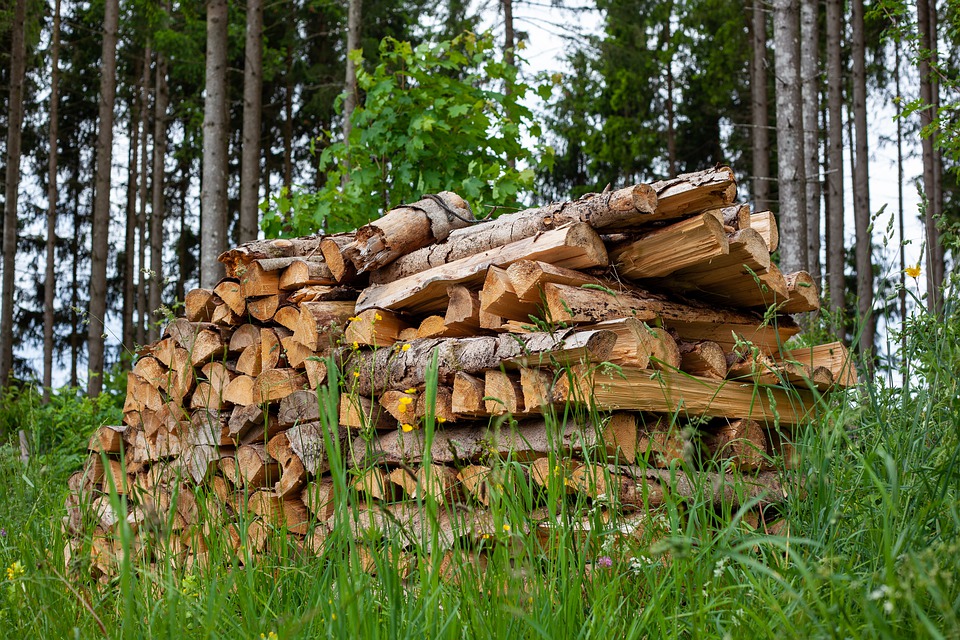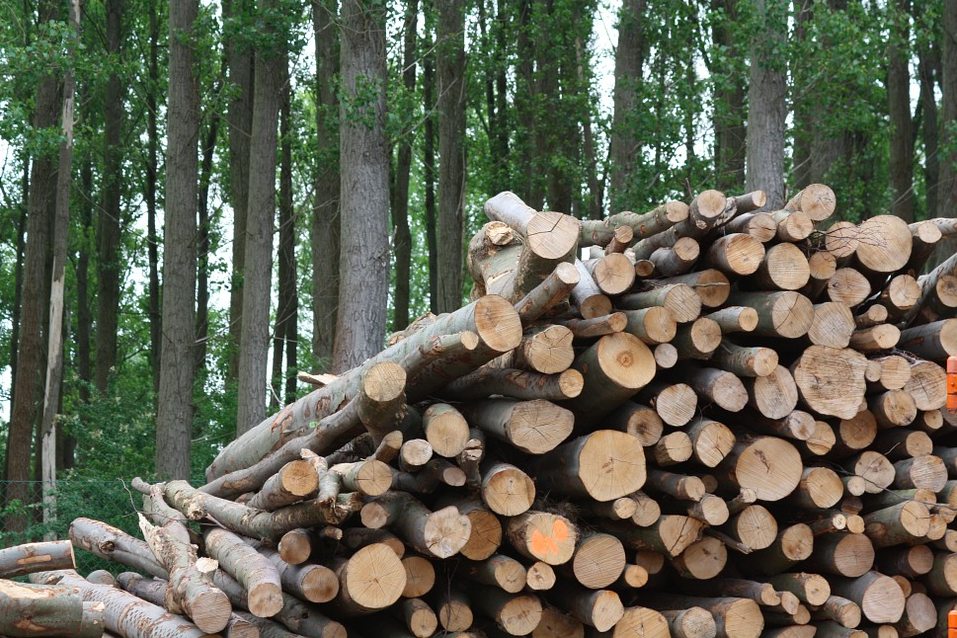
The way that homes are heated across the world is unsustainable.
In the USA, finite fossil fuels like coal, oil and natural gas are still used to heat 62% of households.
Biomass has been touted as a potentially sustainable source of energy. It is possible to have your home heated with biomass by using a biomass boiler.
Many people are unaware of this option and do not know where to begin when it comes to having a biomass boiler installed in their home. Here is a guide on what you need to know if you are considering switching to biomass as an eco-friendly way of heating your home.
What is a biomass boiler and how does it work?
Biomass boilers work in a similar way to normal boilers. They are powered by the burning of logs and wood pellets that are either grown for purpose using sustainable methods or produced from waste wood that would otherwise end up in the landfill.
Depending on the type of your boiler, the wood is either stored in a large container attached to the combustion chamber. When the boiler is turned on, this automatically feeds the fuel to be burned. Depending on the size of the storage tank, fuel only needs to be replenished every few weeks to months.
Given that the fuel needs to be replenished regularly, it is important to find a local provider of biomass fuel before you invest in a boiler.
The heat travels through a flue in the boiler and the energy can be transferred into the central heating system of your house. This allows you to heat your house and water from the heat created in the boiler.
Automatic feeding boilers are only really suitable for houses with a large outside space, given the size of the container needed to store the fuel. Biomass boilers that are suited to indoor installation usually need to be fed manually on a daily basis.

These smaller, manually fed biomass boilers can still store some excess heat within the flue of the boiler, so it is not a case of having to be fed with wood every time you need a shower. The smallest boilers will need to be fed once a day, so it’s definitely worth considering if you are willing to put in this effort before you make a purchase.
How environmentally friendly is a biomass boiler?
On the face of it burning wood does not seem like the most environmentally friendly way of heating a home. Burning wood does produce carbon dioxide, meaning that it is not necessarily as environmentally friendly as wind or solar power.
The eco-friendliness of a biomass boiler depends on how the wood that fuels it is sourced. Biomass suppliers are supposed to grow their trees in a sustainable way, where trees are regrown on the same site where they were harvested. This makes it a renewable energy source unlike coal, oil and natural gas.
The idea is that carbon dioxide used during the growing of the tree offsets the carbon dioxide produced when the biomass is burned. This, theoretically at least, makes biomass boilers a carbon-neutral way of heating your home. It certainly produces less carbon dioxide than traditional forms of fuel like coal and oil.
Some biomass is sourced from waste wood that would otherwise end up in the landfill. If you can find a local supplier who sources wood in this way then that is ideal.

Of course, if the wood used in a biomass boiler is not sustainably sourced then this mitigates its environmental friendliness. Therefore you need to make sure that your wood comes from a registered biomass supplier.
How expensive is it to use a biomass boiler?
Biomass boilers are quite expensive to set up and install but should pay themselves back over time as they are more energy-efficient than traditional forms of heating such as natural gas and electricity.
Installing a wood pellet biomass boiler can cost anything from $10,000 to $20,000 depending on the size of the boiler, and whether you have the installation in your house or outside.
Generally having the installation inside your house is going to be more expensive. Larger boilers with automatic feeding are also going to cost small than smaller, manually fed ones.
The cost of heating your house using wood chips is around 40% cheaper than using natural gas, and 88% cheaper than with electricity.
Given that the average heating bill in the USA is around $1,100, a homeowner should be able to make the money back on a biomass boiler within around 25 years if they are switching from natural gas, and around 13 years if they are switching from electricity.
Admittedly switching from gas heating to biomass heating is not going to save you a huge amount of money, however the combination of gradual financial savings and environmental benefits make it an attractive option for some.
Given that the initial outlay of having a biomass boiler is prohibitively expensive for many, leasing biomass boilers has become a very popular option.
Some countries offer financial incentives to switch to biomass. In the UK, for example, financial help can be provided to anyone wanting to install a biomass boiler through the Renewable Heat Incentive.
Are biomass boilers safe?
Considering that biomass boilers involve the combustion of wood, often inside the home, some are concerned about their safety.
In terms of fire risk, this only becomes an issue if there is a build-up of wood dust within the boiler system. In order to mitigate this, the fuel vessel of a boiler should be swept out at least weekly. In addition, the flue ducts of a biomass boiler and any ventilation areas should be cleaned out at least every 6 months.
The ash and dust swept out of biomass boilers can be used to fertilize plants.
Boilers should also be installed at least 6 feet away from other devices that produce heat.
The biggest safety concern involved in the use of biomass boilers is that of ventilation. If your biomass boiler is installed in your home you need to make sure that it is attached to adequate chimney ventilation. It is also important to have a carbon monoxide detector installed with your biomass boiler.
Written by Roger Wood
About the Author
Roger Wood is the Business Development Director at GSM Finance, an asset finance broker in London. He helps businesses acquire the equipment they need to run in a more sustainable way.
You may also like
No Need for Mixers – UK Roadsides Receiving Upgrades on a Roll
The Benefits of Investing in Eco-Friendly Properties
How Green Buildings Impact Our Psychology [Infographic]
